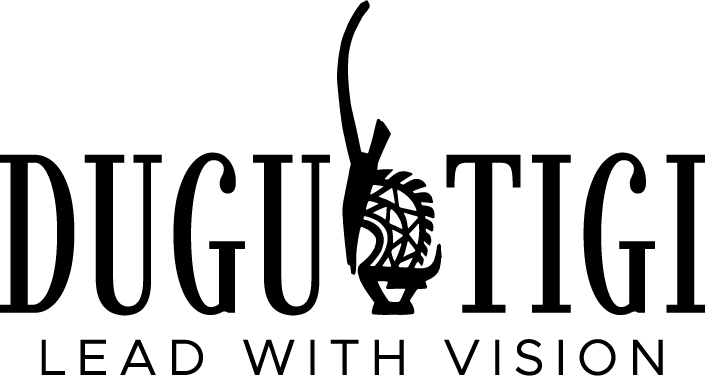
About Mali
Mali is a very culturally rich country that is dealing with a harsh set of circumstances.
Total Population: 15.1 million
Religion: 90% Muslim
Language: French, Bambara
Average age: 16
Literacy rate: 31.1%
Unemployment: 30-35%
Leading exports: Cotton, gold, livestock
Mali is a landlocked country in West Africa. The second poorest country in the world, Mali is highly dependent on foreign aid. While the average skilled worker’s annual salary is approximately $1,500, half of the Malian population lives below the international poverty line of $1.25/day. Mali’s economy is centered on agriculture with 80% of Malians employed in farming. Cotton is the country’s largest crop export, followed by an increasing interest in mining gold.
Health Challenges:
Mali faces numerous health challenges related to poverty, malnutrition, and inadequate hygiene and sanitation. Mali has one of the world’s highest rates of infant mortality with 111 deaths per 1,000 births and a life expectancy of only 52 years. Medical facilities, medications and doctors are in short supply. One doctor usually serves about 20,000 people.
Education Challenges:
Education in Mali continues to struggle with a 31.1% literacy rate. Public education enrollment is compulsory and free for ages 7 to 16. Despite free enrollment, education is still a financial burden for families who cannot afford supplies, uniforms and books. Only 61% attend primary education (71 male and 51 female) and only 36 of students graduate from primary school (6-12 years old). Due to a lack of schools, at 12 years of age, the majority of those that complete primary education then drop out.


Energy/Electricity Challenges:
In rural areas 80% of energy needs are met by firewood and charcoal, and people use kerosene lamps and torches for lighting. This does not include, of course, animal and manpower, which is tiring and time consuming. Rechargeable car batteries are also used for lighting, TV and radio, and a very small minority of people have solar panels or a generator. In rural areas, modern energy services, particularly productive (i.e. income generating) uses are very limited, making efforts to stimulate local economic development difficult.
Less than 1% of the rural population has access to electricity. Opportunities for substantially improving the health and qualify of life, longevity, and infant mortality rates for the country are hampered by the lack of reliable electricity and energy services throughout most of the country.
Clean Water Challenges:
Water quality is as big a problem as water scarcity in Mali, and over 70% of the population have nowhere to go to the toilet. 5.6 Million people ( 1/3 of the population) in Mali don’t have access to safe water. Over 12 million people (nearly four fifths of the population) don’t have access to adequate sanitation in Mali. Over 15,000 children die every year from diarrhea caused by unsafe water and poor sanitation in Mali.
Governance and Local Participation Challenges:
While decentralization is becoming established in Mali, the poor level of skills and capacities of the duty-holders restrict the full involvement. Additionally, Malian voters, particularly rural ones, have inadequate information about what their local governments do for them. Women and minorities do not usually participate in governance/civic process.
*All facts from CIA fact book and UN websites

